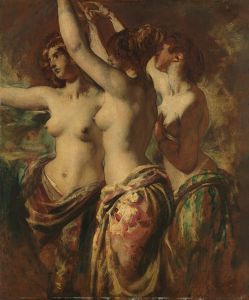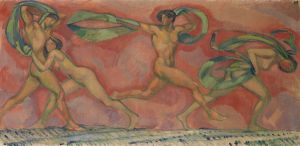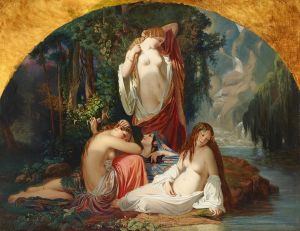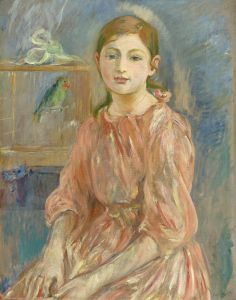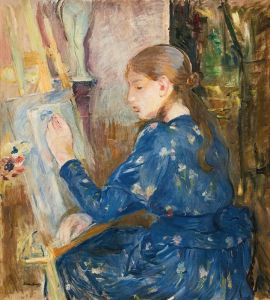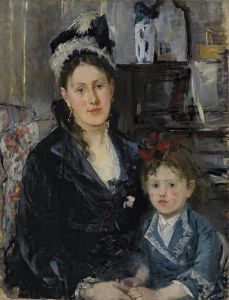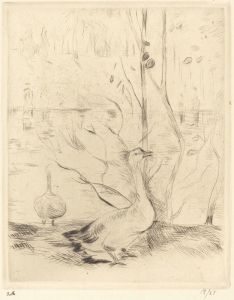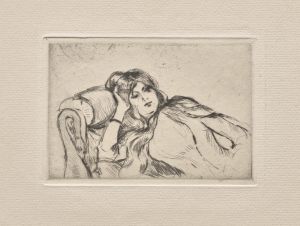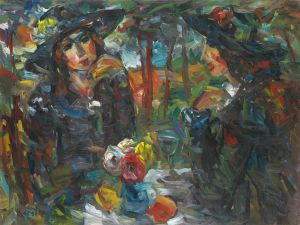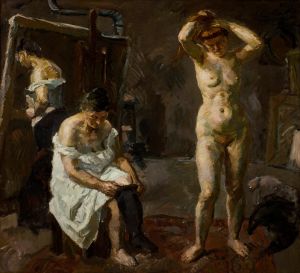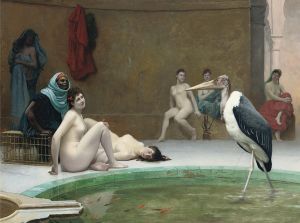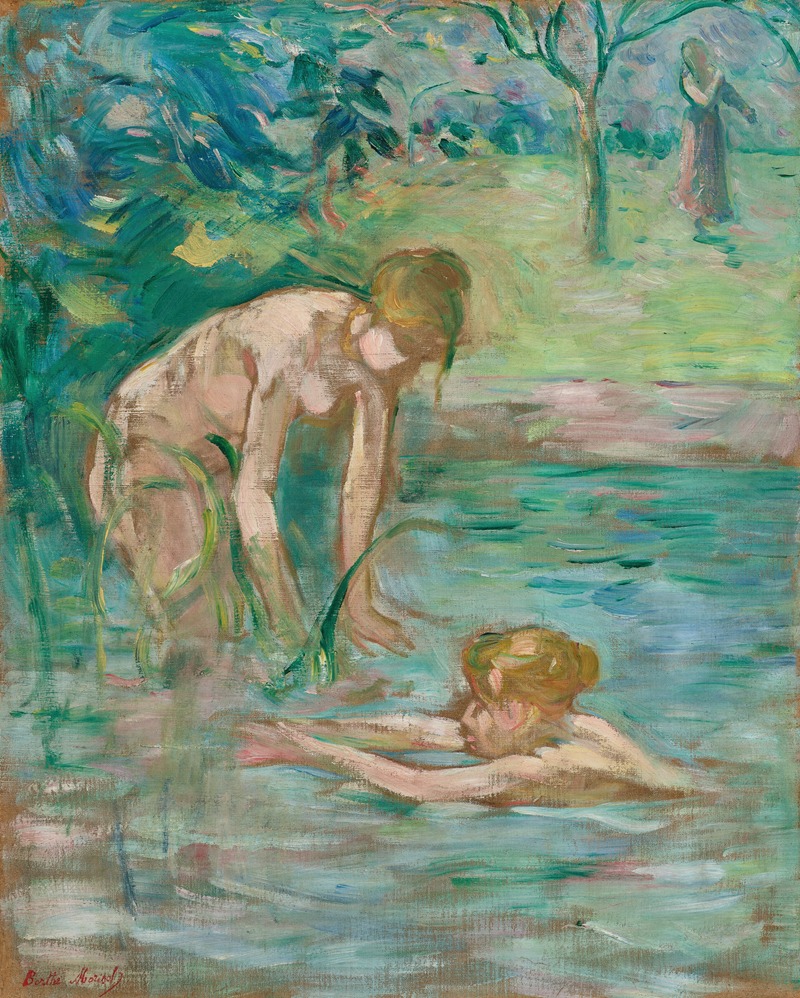
Baigneuses
A hand-painted replica of Berthe Morisot’s masterpiece Baigneuses, meticulously crafted by professional artists to capture the true essence of the original. Each piece is created with museum-quality canvas and rare mineral pigments, carefully painted by experienced artists with delicate brushstrokes and rich, layered colors to perfectly recreate the texture of the original artwork. Unlike machine-printed reproductions, this hand-painted version brings the painting to life, infused with the artist’s emotions and skill in every stroke. Whether for personal collection or home decoration, it instantly elevates the artistic atmosphere of any space.
Berthe Morisot's Baigneuses (translated as Bathers) is a painting created by the French Impressionist artist, known for her innovative contributions to the movement and her focus on domestic life, women, and nature. While Morisot is celebrated as one of the founding members of Impressionism, specific details about Baigneuses are limited, as it is not among her most widely studied or documented works compared to others like The Cradle or Summer’s Day.
Morisot often explored themes of leisure and intimacy, and her works frequently depicted women and children in outdoor settings. In Baigneuses, she likely continued this focus, portraying figures in a natural environment, possibly near water, as the title suggests. Her characteristic loose brushwork and use of light and color would have been central to the composition, aligning with the Impressionist emphasis on capturing fleeting moments and the effects of light in nature.
As with many of her paintings, Baigneuses would reflect Morisot's ability to convey a sense of immediacy and intimacy, often blurring the boundaries between figure and landscape. Her palette typically included soft, luminous tones, which contributed to the dreamlike quality of her works. These stylistic elements helped distinguish her as a key figure in the Impressionist movement, alongside artists such as Claude Monet, Edgar Degas, and Pierre-Auguste Renoir.
Unfortunately, detailed historical records or critical analyses specifically addressing Baigneuses are scarce. The painting is not as extensively discussed in art historical literature as some of her other works. As a result, information about its creation date, current location, and reception remains limited. However, it is consistent with Morisot's broader oeuvre, which often celebrated the harmony between human figures and their natural surroundings.
Berthe Morisot's contributions to Impressionism were groundbreaking, as she was one of the few women to achieve recognition within the male-dominated art world of 19th-century France. Her works continue to be celebrated for their sensitivity, technical innovation, and unique perspective on contemporary life.
For more detailed information about Baigneuses, further research into exhibition catalogs, private collections, or archives may be required.





